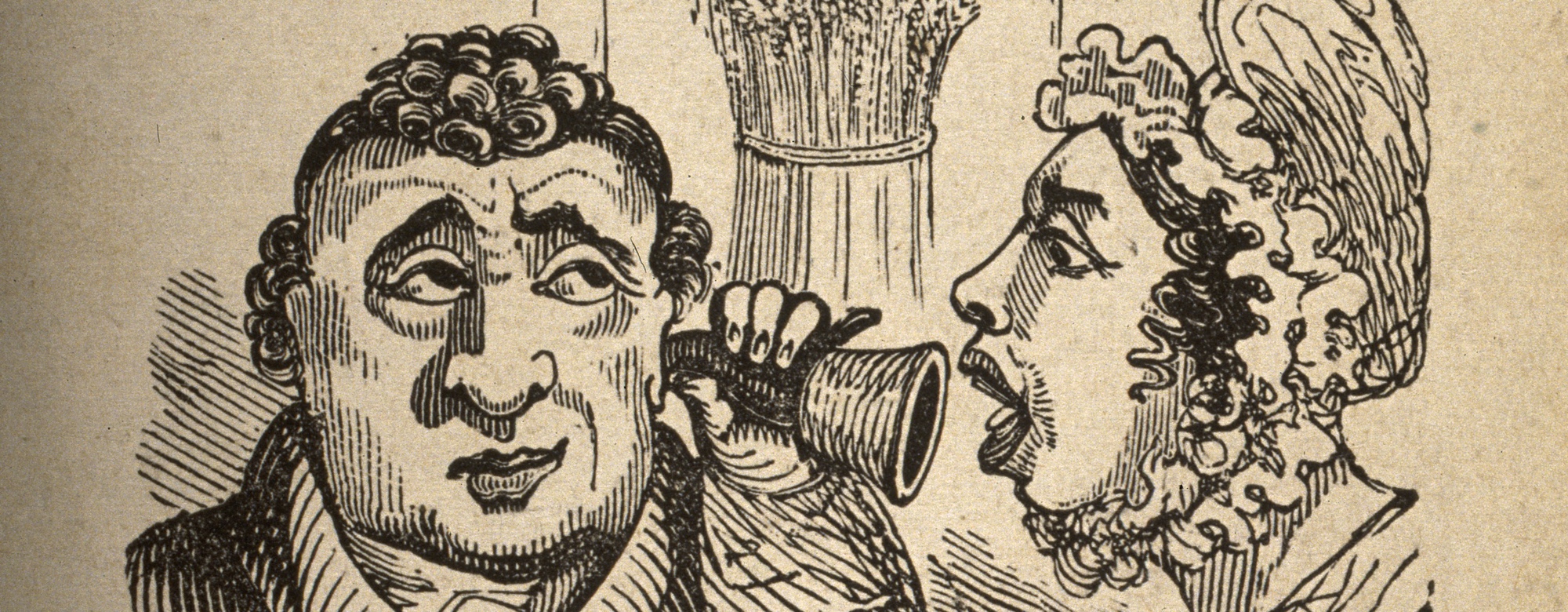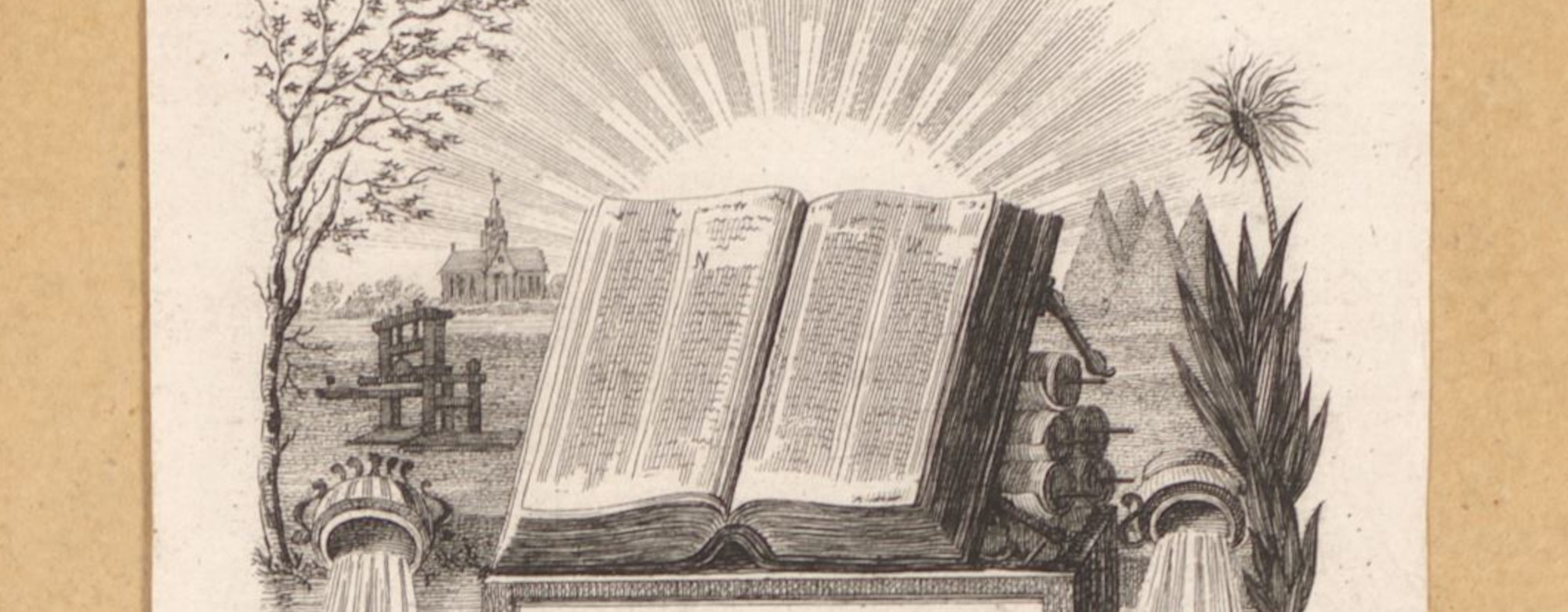As we vocally oppose the proposed new rights for press publishers, we’re often asked what could be done instead to ensure the quality of journalism in the digital era. The good news is there are examples of how good journalism could be assisted. The even better news is that these solutions do not require such level of protectionism as the European Commission seem to think they do.
Scaling up a horrible idea
To recap the issue: the new rights for publishers, called also the ancillary copyright or the snippet levy, would require online services to pay for linking to articles that are up to twenty years old. Almost every news link with an explanatory extract (a snippet) placed in a search engine would be subject to a fee. This measure included in the proposed directive on copyright in the digital single market, despite a spectacular failure of similar mechanisms in Spain in Germany, is heavily backed by powerful media outlets. Their argument: aggregators such as Google news make money on ads placed by the content they aggregate, while the newspapers suffer from the disruption technology brought.
In January 2017 we know better than ever that we need quality journalism as one of driving forces behind democratic debate and choices people make casting election ballots. And we all know it costs. But the assumption that the snippet levy will work if enough countries are bullied into adopting it through a European directive is the textbook example of insanity – it is employing the method that had already failed and expecting a different result. Instead, we should be looking into other European countries where non-regulatory measures improving business models are adopted, and search for an inspiration from places where that level of public interventionism does not happen and publishers have to adapt to the digital age in other ways.
Mix and serve
Blendle, a Dutch start-up, came to terms with the reality where users are often more interested in a single article than in a whole newspaper. This platform, dubbed as an i-tunes for news, allows users to access content from various Dutch media in a pay-per-article model, although entire issues are also available. Blendle does not place any ads in the system; any that can be found there and are clicked directly benefit media that place them in their content and not Blendle itself.
What is really interesting about the platform is that the payments are very user-friendly. A subscriber tops their account and each article is paid for when it is accessed. But if the user closes it right after opening or claims the funds back, the payment is returned. This approach may be very helpful in countering such desperate attempts as clickbait headlines or promotional content disguised as an article that media use to hunt for user attention. Indeed, as the service founder Alexander Klöpping confirms, long interviews, opinion pieces and in-depth investigative journalism are the most popular forms accessed by readers. The service’s half of demographic is below 35, a cohort that proved to be quite difficult to reach otherwise.
It is still unclear if the platform will break even to provide a revenue substantial enough to attract big publishers to stay. Meanwhile the Dutch government expressed faith in this idea, investing 20.000 euro, and the service expanded into Germany and the US. In a way there is no turning back – the full-album purchase era is over for music so why would a newspaper survive in one piece? It the music market can break even from a steady growth of digital sales that surpassed analog in 2015, why journalism wouldn’t?
Evaluate, learn, strategize
Another way to look at this is to stop taking offence that internet happened and see it as an opportunity to get ahead the competition. This seems to be the thinking expressed by the New York Times. Being among the leading newspapers in the world NYT would have relatively little to worry about with USD 500 million of digital revenue in 2016. But as the medium’s strategic team expressed, “for all the progress we have made, we still have not built a digital business large enough on its own to support a newsroom that can fulfill our ambitions.” Enter the NYT 2020 Group strategy: Journalism That Stands Apart.
The outstanding feature that is worth mentioning (besides the fact that the report should be read in full by anybody interested in the future of journalism) is the refusal to go the cheap way and capitalize on clickbait-related ads and resulting focus on reinforcing a subscription-based model. Not only does this declaration point out the importance of user-adjusted quality – subscribers vote with their wallets after all – but it also reinforces commitment to maintaining direct relationships with readers and their tastes.
In the strive for a better journalism NYT plans to reinvent their storytelling. The strategy presents what seems to be an honest assessment of a trait many newspapers suffer from: some written stories would benefit more from increasing visual components that work well in digital media and NYT plans to rebuild its newsroom to accommodate that need. It also plans to involve readers more in building stories on their experience as it happened with the feature on lives of women is Saudi Arabia with 6000 reader contributions.
All this involves, as the NYT is well aware of, a reconstruction of the newsroom, hiring and training journalists to become more tech savvy, reformulating the strategy for external correspondents – in a few words, a great financial investment in the newsmaking kitchen. It also means a departure from recycling news that are available elsewhere for free to focus on unique content that readers want to pay for.
It is hard not to admire the cheekiness of NYT that lays it all out in the internet as if saying to its competitors: we’re so good that we can just as well tell you what is coming at you. Judging from the fact that the New York Times already harvests annually from the digital media more than the Guardian, BuzzFeed, and the Washington Post combined, they have a shot at succeeding.
Europe, intervene smartly
The Blendle and the New York Times examples show that readers respond well to actual investment in the quality of the content and not so well to putting extra conditions on the access provided by the intermediaries, as it happened in Spain where the direct and indirect traffic to news outlets’ websites significantly decreased after the introduction of the “Google tax”. Does this all mean that there is no place for the EU to intervene in the media market at all? That space for regulation exists, because even the copyright reform plan in the current shape present opportunities to help journalists.
If the European Union thinks seriously about supporting quality journalism and at the same time combating fake news with substantiated information, it should open up the proposed text-and-data mining exception. As proposed now, the mandatory exception would only cover TDM by research institutions and for a scientific purpose. Meanwhile, long gone are the times where knowledge is produced only at the universities. Journalists need this exception to encompass their work so that they can use it effectively and speedily as it took place in analyzing the Panama papers, for example.
It is a bit sad, that the approach to first amend business models and only then look for public intervention measures is not visible among the European publishers who advocate for article 11. It seems that they prefer their readers to click ads than to actually appreciate the quality content they are capable to produce now if they stop focusing on blaming the internet for their own failures. Article 11 will not help them anyway with the increase in readership and may even harm the traffic, as the “test cases” of Germany and Spain show. So they might as well get to work now.
What the EU should do is support TDM exception for anyone, including journalists, and refrain from regulating the value chain as long as the publishers demonstrate a fraction of commitment to seriously amend their business models and restructuring costs.
Read more of our opinions on:
Additional analysis of the role of news aggregators and web traffic on news publishers:
- OpenForum Europe: A publisher’s intellectual property right: Implications for freedom of expression, authors and open content policies
- Stanford Business: The Impact of News Aggregators on Internet News Consumption: The Case of Localization
- Deloitte: The impact of web traffic on revenues of traditional newspaper publishers: A study for France, Germany, Spain, and the UK
- LexisNexis: The Future of Content Aggregation

